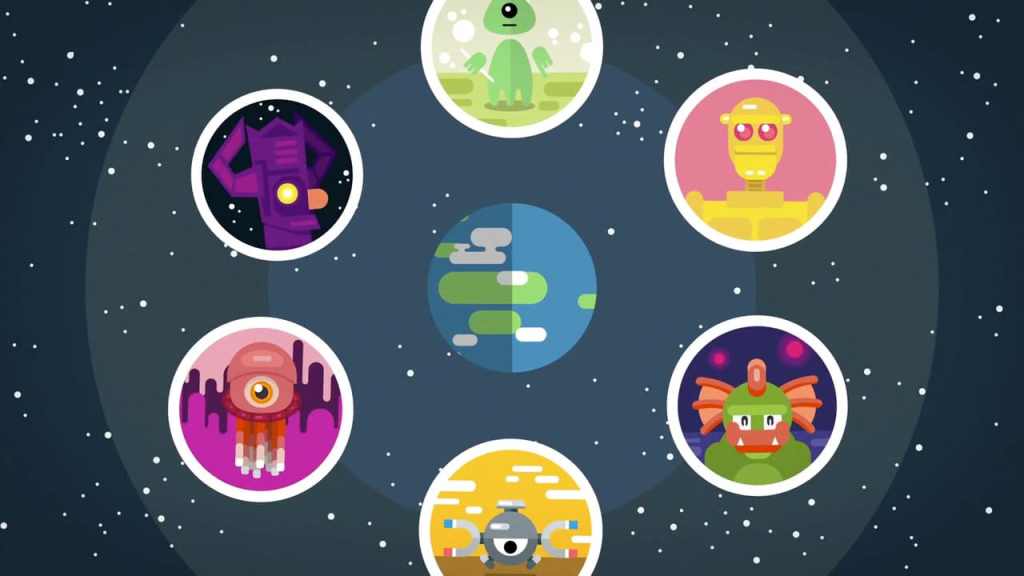Infrastructure is everywhere. Most every way of transport that we consider using regularly has immense infrastructure. Cars have roads, trains have rails and stations, and airplanes have airports and runways. But with space travel, we take the brute force method, spending immense amounts of money and forcing a rocket to defy gravity and get itself into orbit. Organizations like SpaceX are currently trying to remedy some of the issues with this, with reusable rockets and other new technologies, but there is one technology that could massively accelerate the feasibility of space travel, the Skyhook
The Skyhook is a simple mechanism, basically consisting of a cable and a counterweight, placed in orbit. The concept of its use is as follows. A spacecraft would have to reach a height of 80-150 km by itself in order to attach to the Skyhook cable, and then the rotational force of the Skyhook would swing the spacecraft into space like a catapult, as shown below.



Of course like any technology there are hurdles to overcome, even though 150 km is much easier to reach than breaking a low orbit of say 1000 km, that is still quite a height to get to, and would require the invention of a new craft that is something of an airplane rocket hybrid. However, it still should be much cheaper, especially if these craft are reusable. Additionally, the Skyhook would not be able to be used permanently because every time it flings a spacecraft into space it would lose a little bit of altitude itself. There are many other potential obstacles, but in my opinion, none that are improbable or outweigh the potential benefits of eliminating the modern wasteful rocket.
Sources:
Categories:
Tags:









